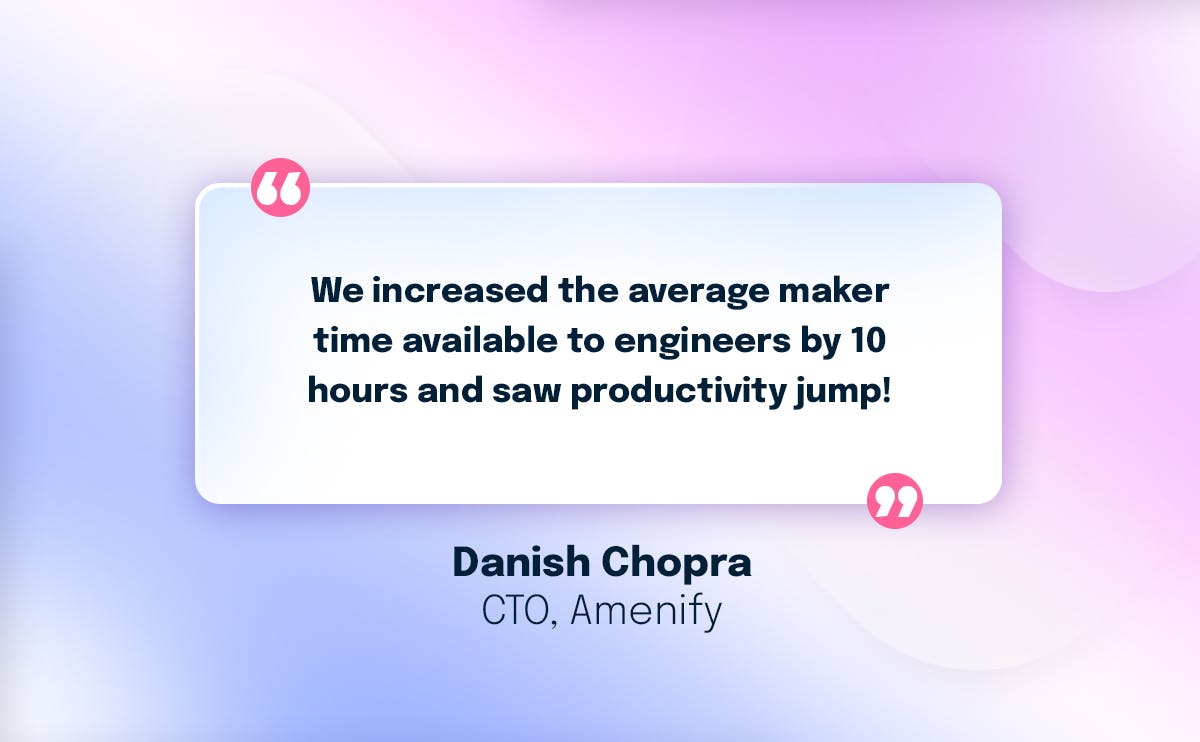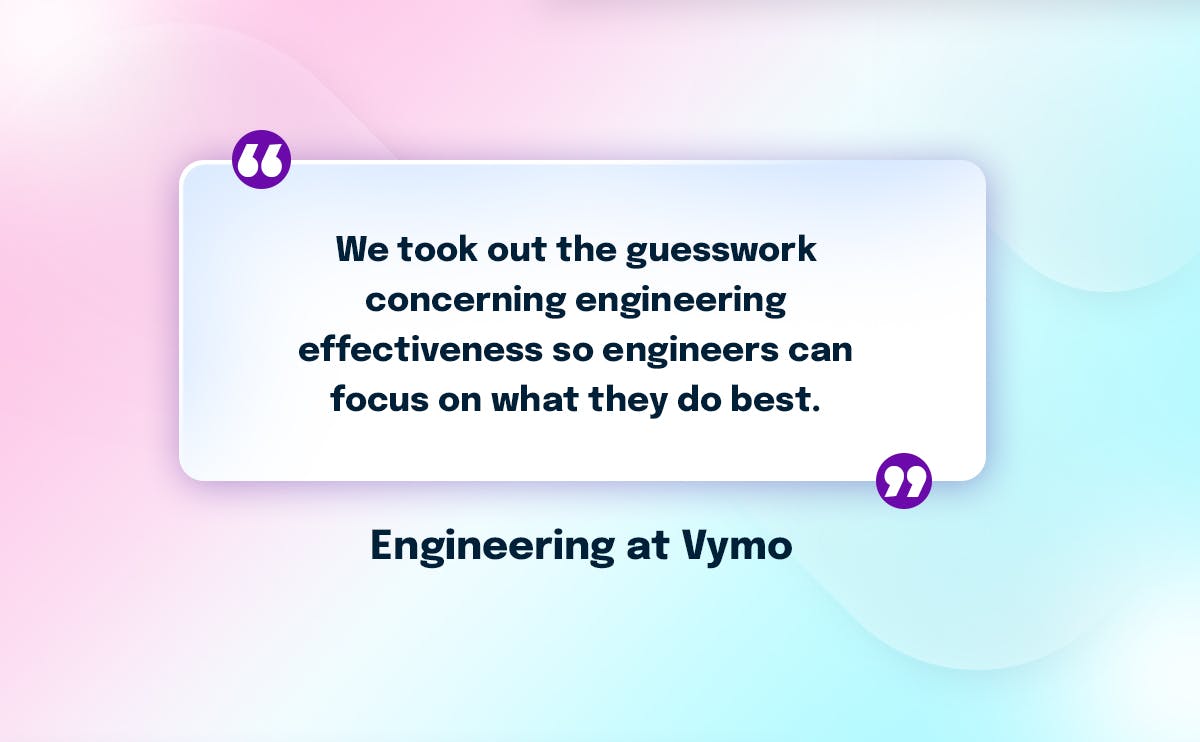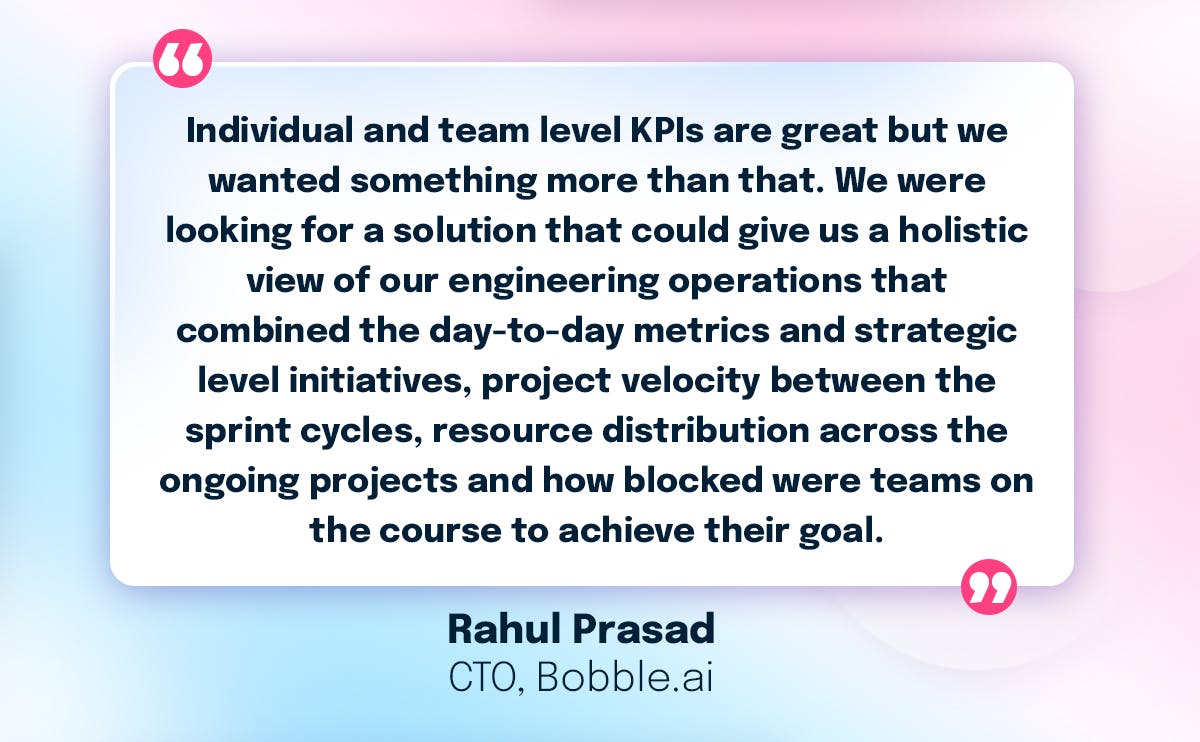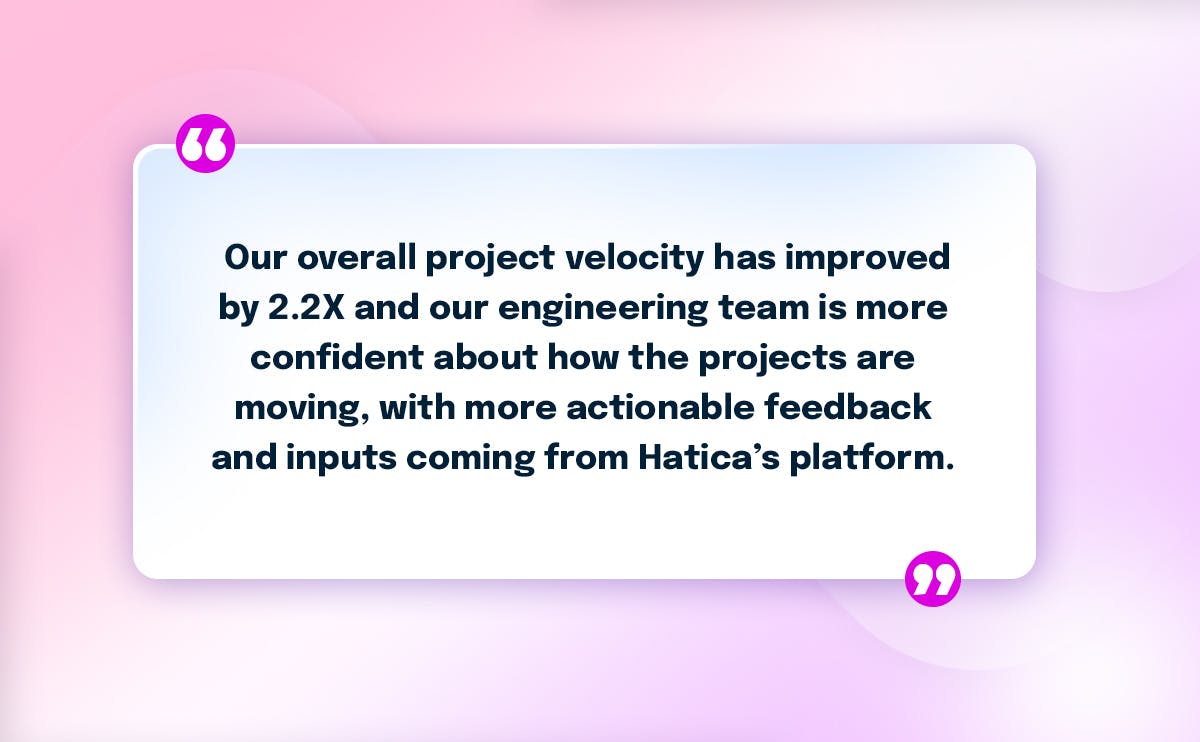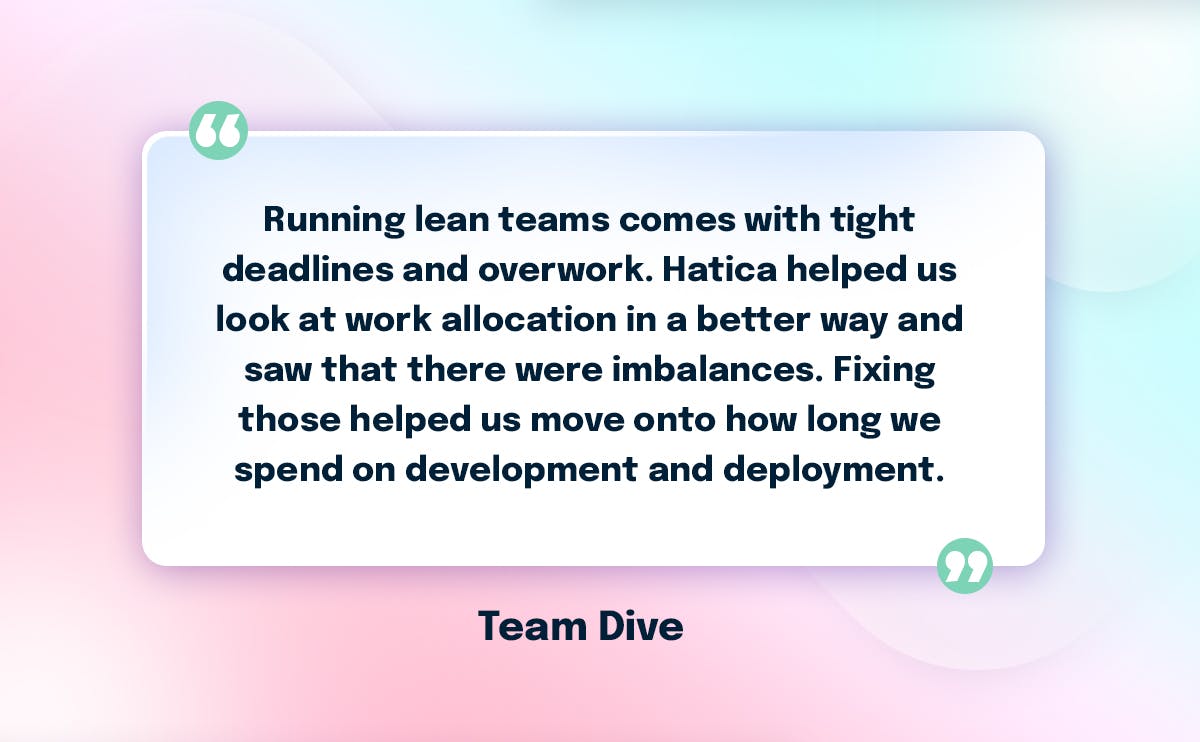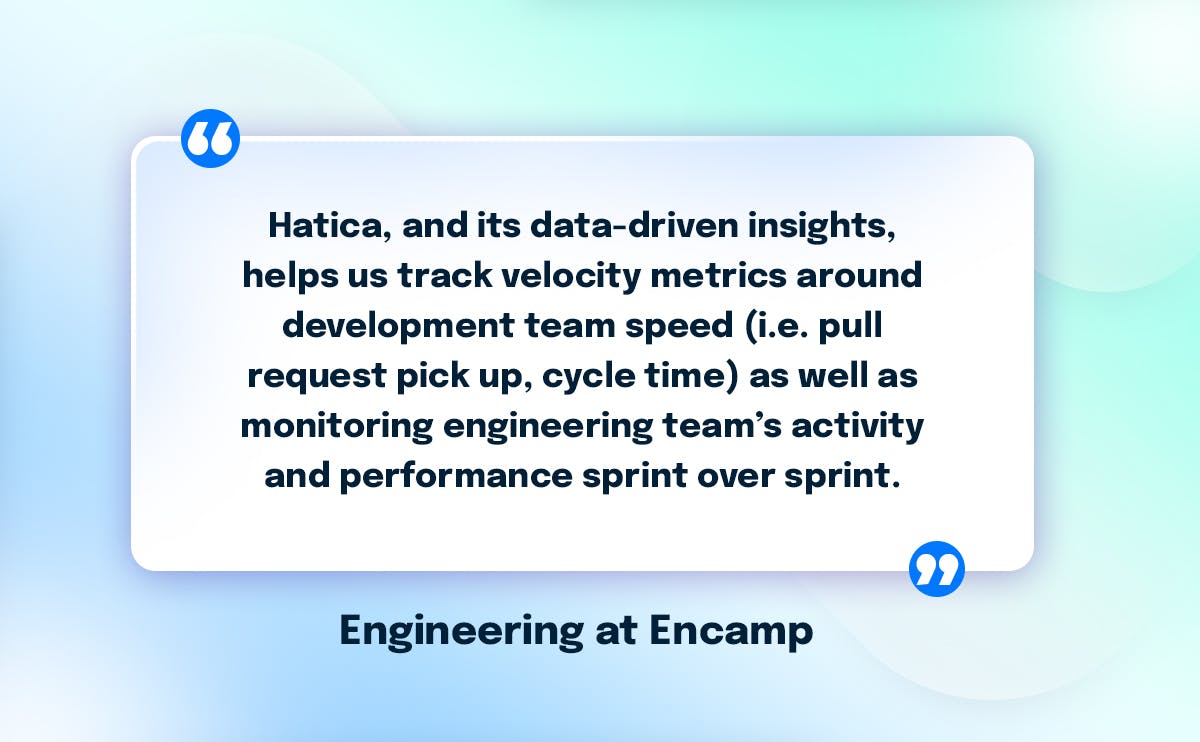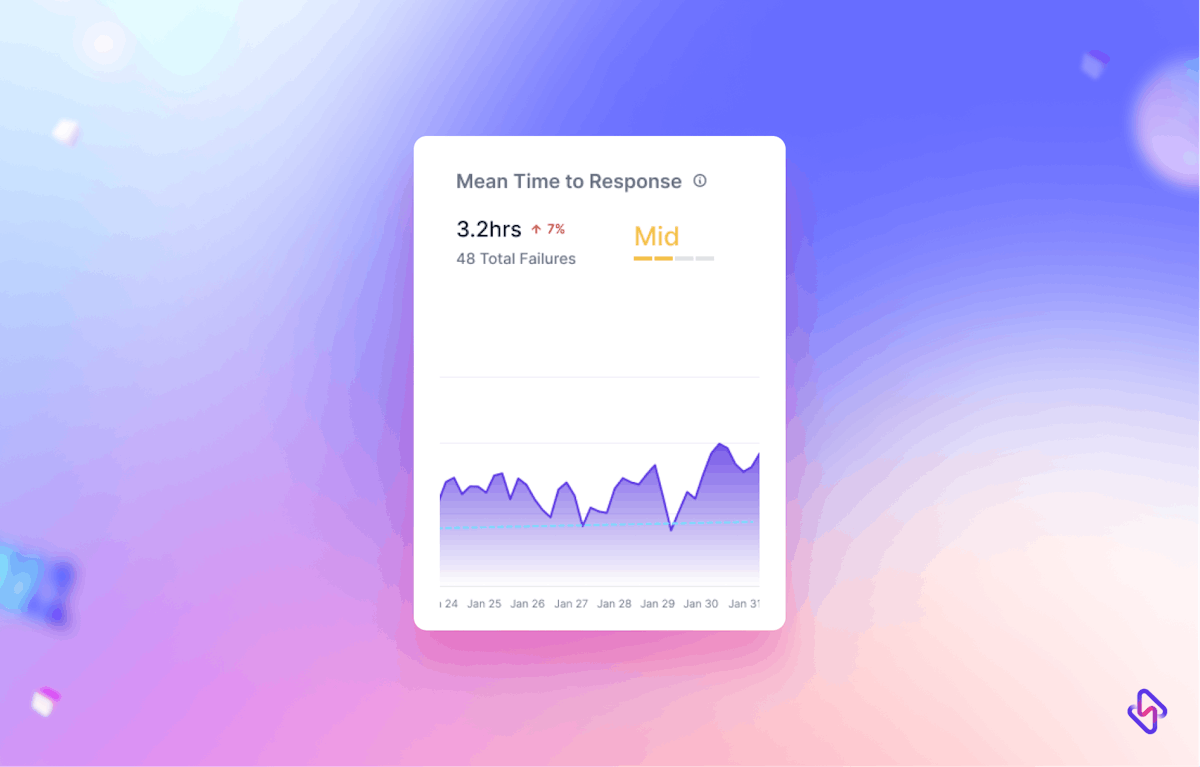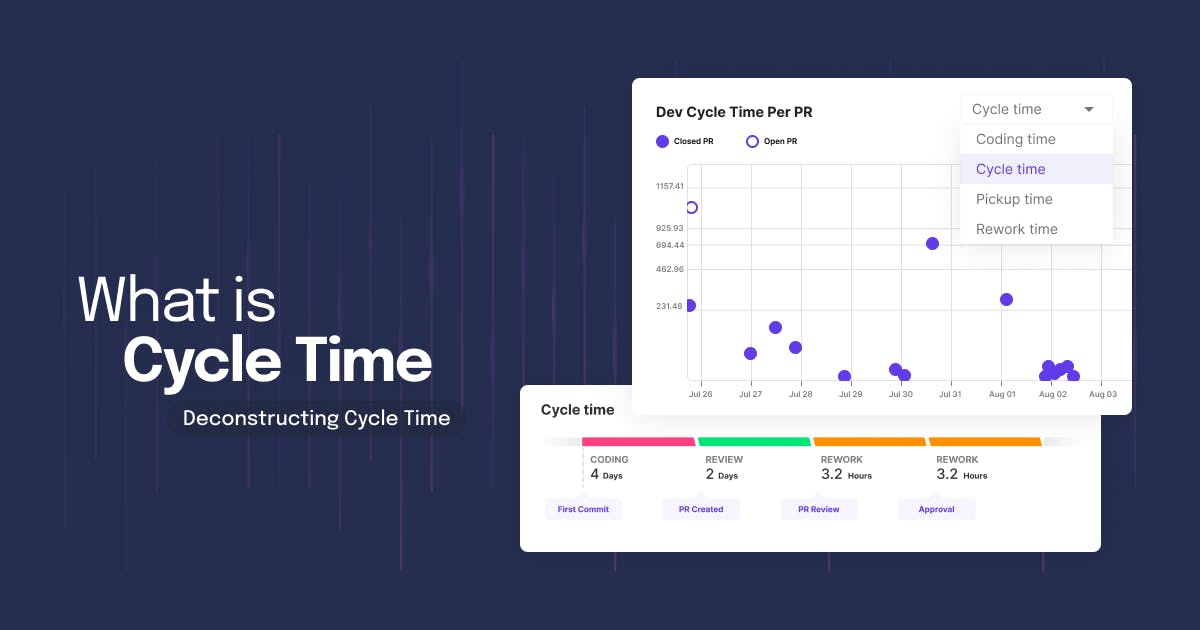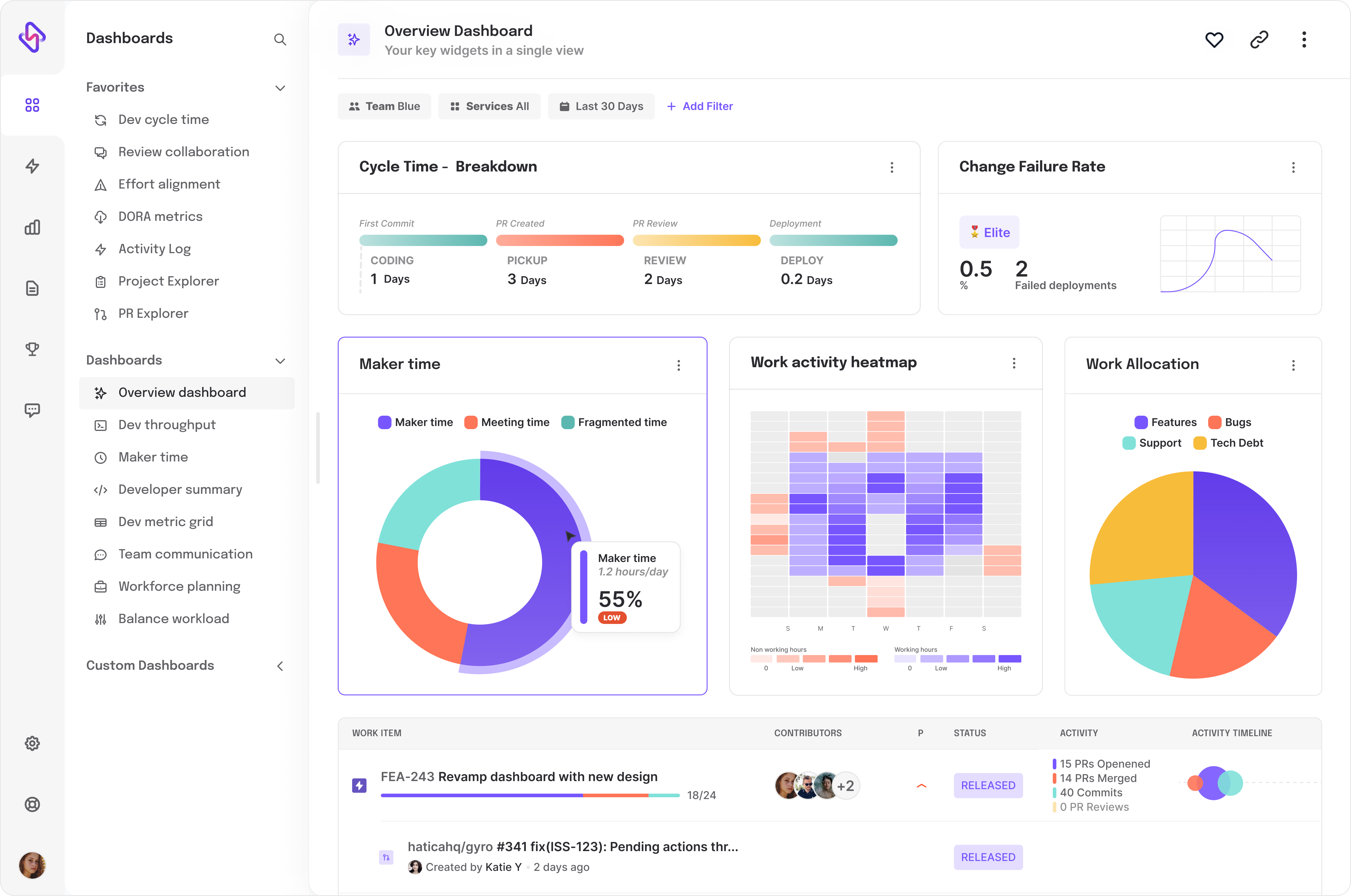“Data! Data! Data! I can’t make bricks without clay.”
Sherlock Holmes, in the famous story of The Adventure of the Copper Beeches quotes the dialogue when he feels frustrated because of lack of details, data, and zero connection between different dots of his puzzle.
Even after 120 years, this statement holds true for every assertive business leader. They understand the profound impact of data, analytics, and engineering management in running, thriving, and growing their teams, products, and customer experience.
Engineering management platforms are a new-age way to convert the “clay” of raw data into “bricks” of actionable insights, thus building stronger teams, with enhanced productivity, a positive DevEx, and smooth software development.
A World Without an Engineering Management Platform
Using an engineering management platform can open a development team to a whole new world of possibilities, right from operational management, to streamlining SDLC, and achieving business breakthroughs that were once unimaginable. An EMP makes the lives of every stakeholder easier by bringing in data in decision-making conversations, using actionable insights to deliver faster results with limited headcount, and focusing on developer well-being, and productivity.
Our latest post on why teams should use an engineering management platform already talks about the possibilities an EMP opens up to teams plagued with burnout, high workload, uneven engineering demands, and redundant processes.
But for a moment, let’s imagine a world without an engineering management platform and its impact on engineering productivity, and overall development teams.
Without actionable data in place, most engineering conversations will be driven by guesswork and intuition, rather than concrete evidence. Think about EMs speaking to their devs, “I can see your project is not moving, are we working enough on it” This is what happens when managers lack visibility into their developer’s workflow. With insights milked by an EMP, the conversation suddenly shifts to, ‘I can see that last week 8 out of 10 PRs have not been merged yet and we are spending more time fixing bugs rather than any new story point. Do you know where the issue is?’
Moreover, EMPs help teams to identify trends and patterns that contribute to our successes or failures of an SDLC. Without engineering analytics, it will become a nuisance for teams to identify bottlenecks, break the cycle of continuous improvements, and optimal processes. All this can take a toll on a team's health, even causing burnout, and chronic stress of always keeping the lights on.
When teams lack a democratized access into their processes, they cannot take required steps to improve operational efficiencies, and people health; even bringing down the culture of accountability, and transparency. Because they do not know where to start!
Furthermore, without a robust engineering management platform, a team’s ability to identify and mitigate risks is impacted heavily. In the engineering ecosystem, where safety and reliability are paramount, the ability to proactively identify and address potential issues is critical. An EMP works round the clock, monitoring and analyzing data in real-time to detect anomalies, prevent failures, and ensure system robustness.
Now that we know why the engineering ecosystem needs EMPs; let’s see the real-time impact it brings to engineering teams.
5 Real Life Examples of Teams Using Engineering Management Platform
Below, 5 teams share their impactful, and transformative stories of using engineering management platforms to drive productivity.
1. Amenify Drives Productivity Through a 55% Increase in Maker Time
Amenify had fundamental operational challenges when they started using Hatica, an engineering management platform. Without end to end visibility into their developer workflow, it was difficult for the Amenify’s engineering team to manage their distributed team, and keep developers productive and happy. Moreover, the team productivity was further impacted because of broken communication, and limited success with async mode of communication.
After deploying Hatica, Amenify realized that the best, and foremost way to improve their developer’s productivity was to gain a holistic understanding of the entire development pipeline, and all stakeholders involved. With an engineering management platform in place, Amenify strategically aligned their engineering efforts, had data-driven conversations with devs around what blockers faced, and optimized their processes.
And guess what with Hatica Check-ins, their asynchronous standups were more efficient and useful. The team started cleaning up their process residue, used data-driven async standups for status updates, and 1:1s, decluttered office time by combining meetings hours in the second half of day, setup, and followed PR practices for code hygiene.



